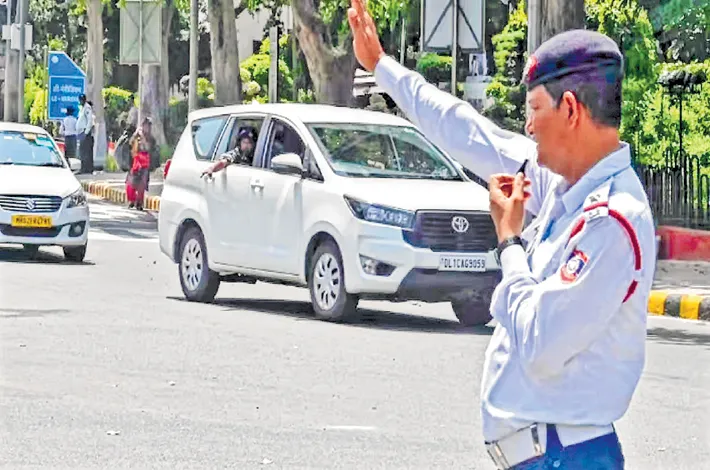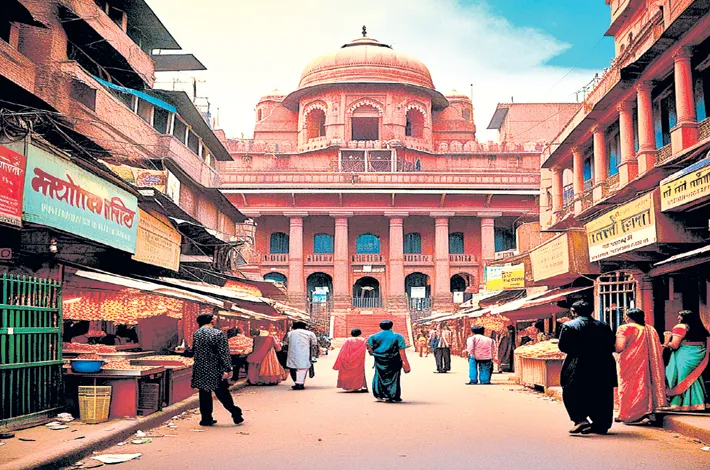Driving forward: Why car safety Driving forward: Why car safety must be a top prioritymust be a top priority
31-12-2024 12:00:00 AM

India's road fatalities demand stricter car safety norms and consumer awareness.
Car sales have surged this festive season, thanks to hefty discounts during Navratri, Dussehra, and Diwali. While SUVs, MPVs, and small cars led the charge, passenger car sales have also shown a significant rise.
Amid this sales boom, it’s time for car manufacturers to prioritize safety features, ensuring passenger safety across all segments.
India accounts for the highest number of road fatalities worldwide. In 2023, 1.73 lakh people died and 4.63 lakh were injured in road accidents. Two-wheelers made up 44% of these fatalities, with cars, buses, and other vehicles accounting for the rest.
Key contributors to these tragedies include poor road conditions, inadequate signage, and reckless speeding, responsible for 70% of road crash deaths.
Some of India’s most prominent leaders, including former President Giani Zail Singh, Congress leader Rajesh Pilot, and BJP minister Gopinath Munde, lost their lives in car accidents. Yet, little scrutiny has been directed toward the safety standards of vehicles manufactured in India.
Maruti Suzuki, India’s largest car manufacturer, exemplifies the problem. Models like the new Swift have been criticized for using lighter steel and simpler construction methods compared to their sturdier 2010 counterparts.
Independent tests and consumer reports have highlighted the safety shortcomings of Maruti vehicles, from hatchbacks to premium models like the XL6 and Ertiga, which cost between ₹12–18 lakh yet score poorly on safety ratings.
In 2023, the government launched the Bharat New Car Assessment Programme (NCAP) in Pune, aiming to align Indian car safety standards with global benchmarks.
Cars are evaluated on adult and child occupant safety and the presence of safety assist technologies such as airbags, anti-lock braking systems (ABS), and electronic stability control (ESC). However, the program is voluntary, leaving manufacturers free to decide whether to participate.
While Tata Motors ensures all its models undergo NCAP testing, many manufacturers, including Maruti, do not. For instance, Maruti’s Brezza is its only model with a 4-star NCAP rating, while popular models like Wagon R, Eeco, Alto, and Celerio score just 1 star. By contrast, Maruti vehicles exported to international markets are equipped with superior safety features.
Global manufacturers like Toyota and Honda also fall short. Toyota, which collaborates with Maruti through a cross-badging arrangement, does not disclose safety ratings for its India-sold cars, despite its global reputation for safety. Hyundai’s i20, for example, scored a 3-star rating in India compared to 4 stars in Europe—a glaring disparity that highlights manufacturers’ double standards.
Minister of Road Transport and Highways Nitin Gadkari has repeatedly criticized carmakers for offering substandard safety features in India. Experts like Alexander Furas, Secretary-General of Global NCAP, echo these concerns, urging manufacturers to equip Indian models with basic safety systems, including ESC and side airbags.
India must mandate Bharat NCAP crash testing and set a minimum 2- or 3-star safety standard for all new cars by 2025–26. The Automobile Research Association of India, along with government regulators, must enforce stringent standards to ensure safety is prioritized across all segments.
Raising safety standards is a critical step in reducing road fatalities, though it must be part of a holistic approach that includes better road infrastructure and stricter traffic enforcement.
Consumer awareness will also play a pivotal role. Indian buyers must demand safety ratings and make informed choices to encourage manufacturers to prioritize safety over cost-cutting.
The time for change is now. As the landscape evolves, it’s imperative for both the government and car manufacturers to collaborate on creating a safer driving environment.








